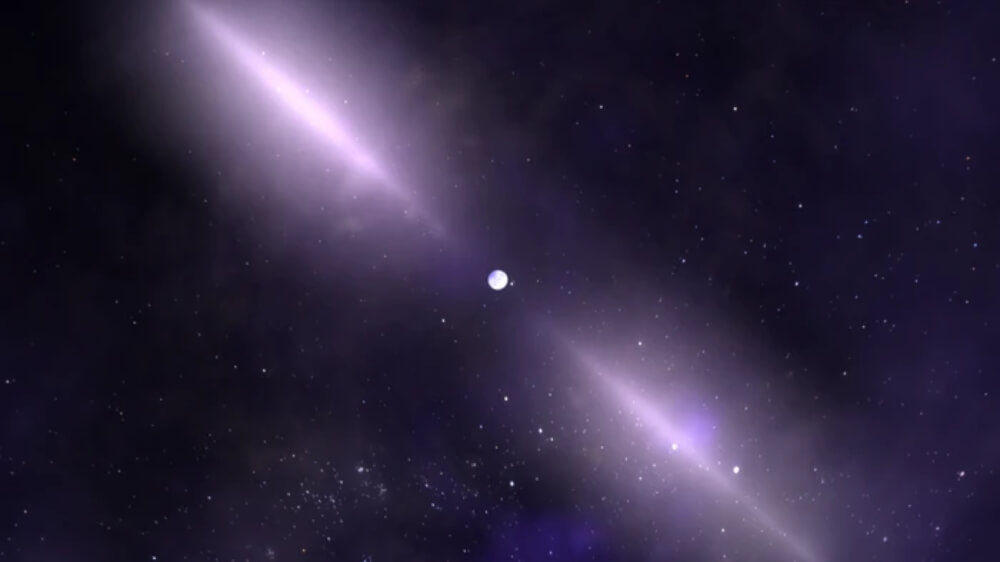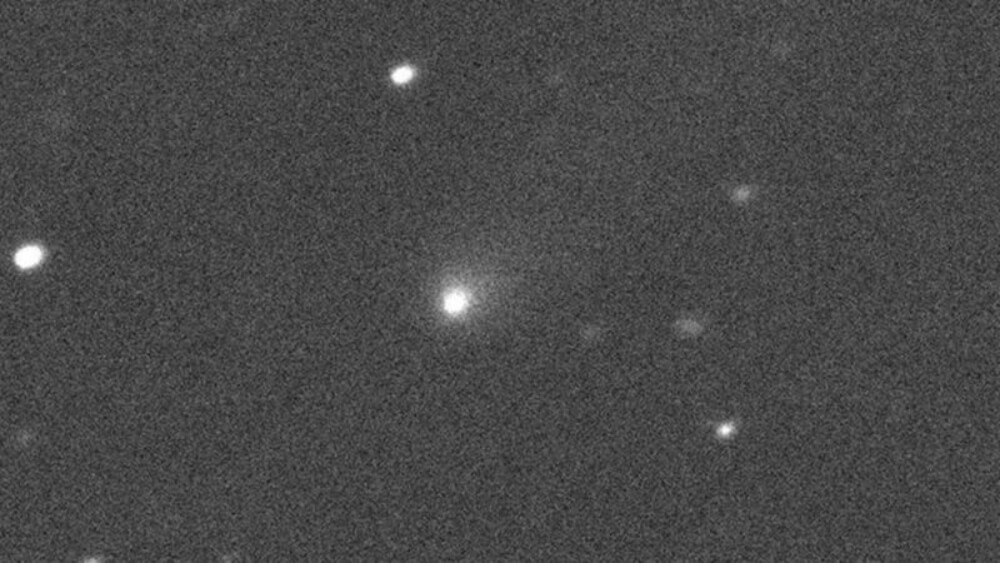In brief: Astronomers from the West Virginia University have successfully identified the most massive neutron star in history. Called J0740+6620, the star was detected by the Green Bank Telescope with details published yesterday on Nature Astronomy.
Neutron stars are one of the universe's most striking creations, formed by huge exploding stars (supernovas) that collapse into a formation of small city-size spheres. Given enough density, these go on to form quark stars and might eventually turn into black holes.
Following the law of conservation of angular momentum, neutron stars spin at incredibly fast rates (quickest record is a reported 1122 rotations/second) owing to their huge mass and tiny size. These stars emit high-energy beams and are sometimes called "pulsars," depending on which way these beams are pointing towards Earth during the star's rotation.
One such neutron star (pulsar) was recently spotted by astronomers at West Virginia University, which packs 2.14 times the Sun's mass into the compact size of a small city. For reference, a sugar cube from this star would weigh 100 million tons on Earth. Located 4,600 light years away, the team happened to land on this discovery while searching for gravitational waves.
The J0740+6620 beats out two previous contenders, the J1614-2230 and J0348+0432, and has pushed the upper limit of neutron masses that now exceeds twice that of the Sun. Lead author Thankful Cromartie commented on the discovery, saying that it "is interesting because it informs our understanding of how supernovae form neutron stars (and how massive the progenitor stars must be)," and that they'd need to refine models of stellar evolution and supernovae explosions to account for such extremely massive neutron stars.

The researchers were able to determine this neutron star's mass because of how it interacted with its companion star. As the two bodies orbit each other, their immense space-warping gravity distort the radiant pulses emitted by J0740+6620. As a result, the light from this pulsar was found to travel slightly farther, a phenomenon called "Shapiro Delay".
This delay allowed the team to estimate the mass of the companion star and subsequently J0740+6620, which turned out to be the biggest neutron yet known to scientists. "The orientation of this binary star system created a fantastic cosmic laboratory," said Scott Ransom, study co-author and an astronomer at the National Radio Astronomy Observatory.
He further said that such neutron stars have a tipping point where their "interior densities get so extreme that the force of gravity overwhelms even the ability of neutrons to resist further collapse. Each 'most massive' neutron star we find brings us closer to identifying that tipping point and helping us to understand the physics of matter at these mind-boggling densities."
